----
Skeletal Guidebook from Bambi by Rico LeBrun (Part 4 of 5)
// Art and Reference point
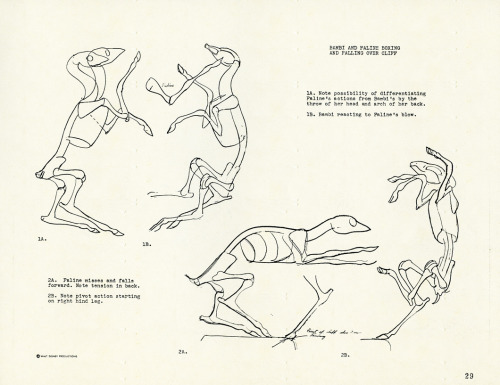
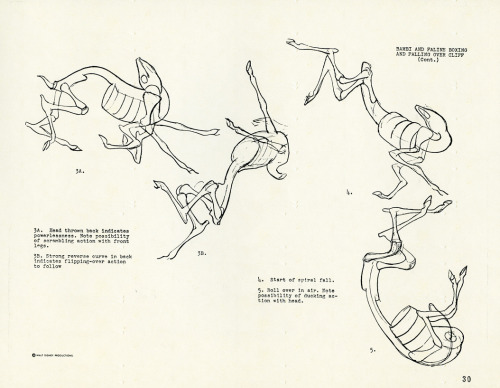



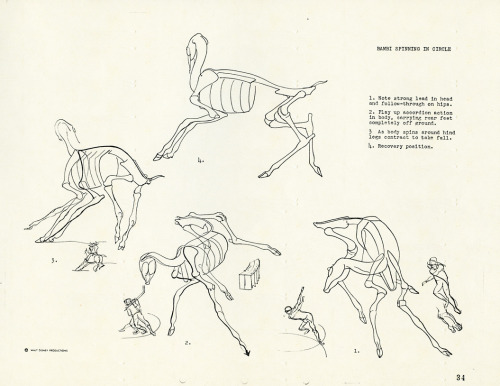
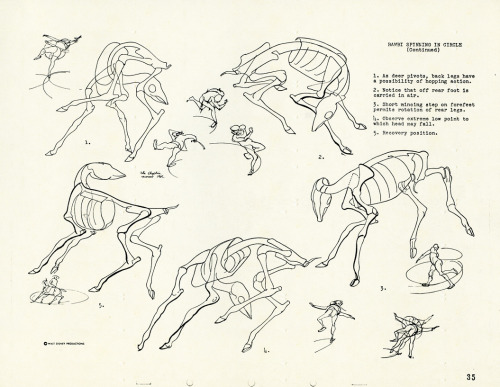
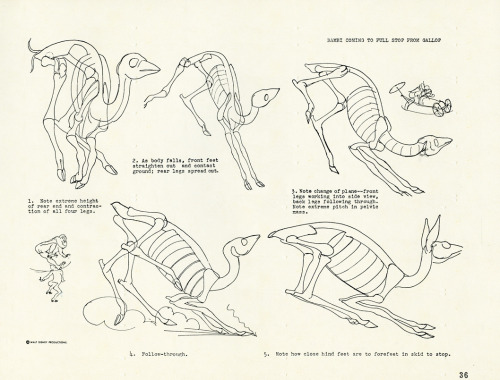
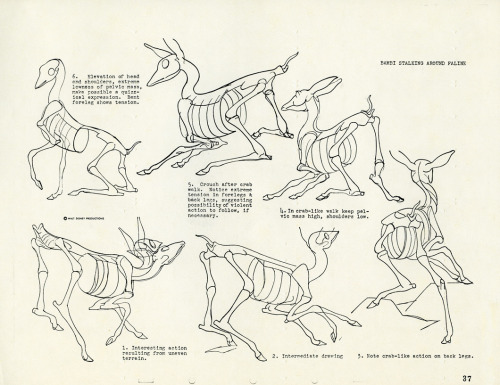

Skeletal Guidebook from Bambi by Rico LeBrun (Part 4 of 5)
----
Shared via my feedly reader
Sent from my iPad










Skeletal Guidebook from Bambi by Rico LeBrun (Part 4 of 5)
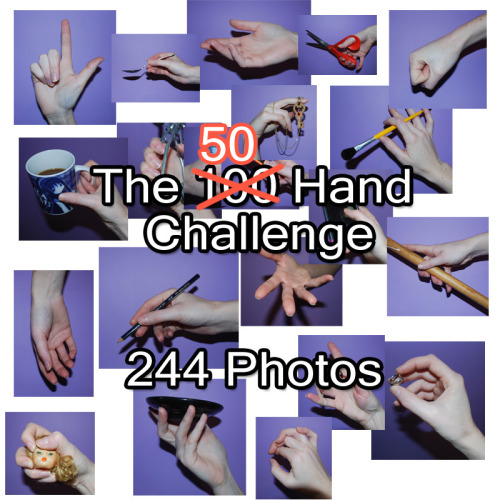



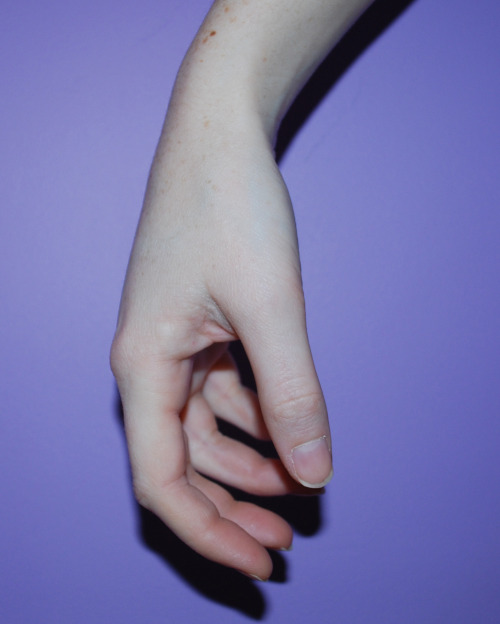



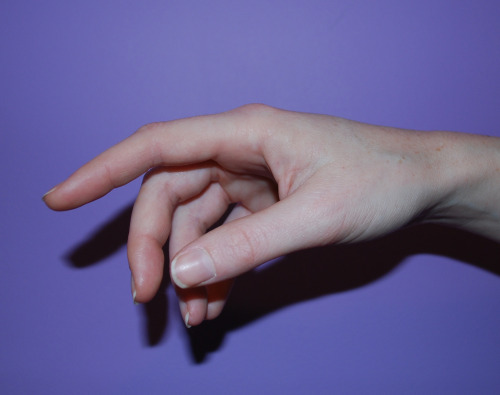

Stop making excuses about why you can't draw hands. Draw 50 of them today. Draw another 50 tomorrow. Draw them until you can draw them better, and then go back and draw them more. DO IT NOW.

John Singer Sargent, one of the best portrait painters of the 19th century, eventually tired of his role as a society portrait painter. In his later career he greatly reduced the number of formal portrait commissions he accepted, preferring to travel and pursue his own on location watercolors.
However, he continued portraiture in a different sense, with informal portrait drawings, mostly in charcoal and many of notable figures of the time. Though Sargent drew in charcoal throughout his career, producing numerous life drawings as a student, his attention to this kind of portrait drawing was concentrated in his later years.
These drawings are remarkably fresh, loose and confident while maintaining the underlying precision of Sargent's superb draftsmanship. The convey a range of personality, emotion and attitude on the part of the subject, and showcase Sargent's masterful command of the most basic of all drawing media.
Unfortunately, I can't point you directly to a trove of Sargent's portraits drawings on the web, so I've gathered some scattered resources, including a couple of Google searches.
There is a nice, quite inexpensive booklet from Dover Books titled: Sargent Portrait Drawings: 42 Works by John Singer Sargent.


Victor Hugo (French, 1802-1885)
Toilers of the Sea, 1866

Portrait of a Young Woman Wearing a Cloak and Bonnet, Théodore Chassériau
In the Metropolitan Museum of Art; graphite on wove paper; approximately 18 x 15 in. (46 x 39 cm).
Chassériau has given us a beautifully sensitive pencil portrait. The commentary on the museum's website suggests that Chassériau shows more interest in the subject's garments than her face, but I have to disagree.
The face is rendered with wonderful finesse, and some of the delicacy of an etching, while the rest of the figure is more gestural and economically realized, in a manner similar to the pencil portraits of Ingres, who was Chassériau's teacher.


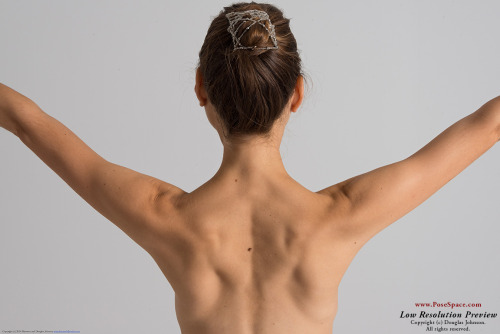


Some of the IrinaV6 session focused on body mechanics, as this sequence demonstrates. See more at the sessions page http://www.posespace.com/shop/DLSessions.aspx
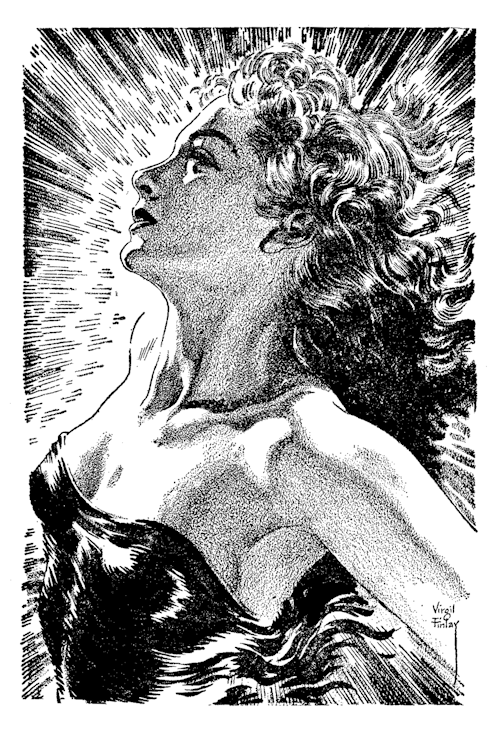
The Time Tombs by Virgil Finlay from the March, 1963

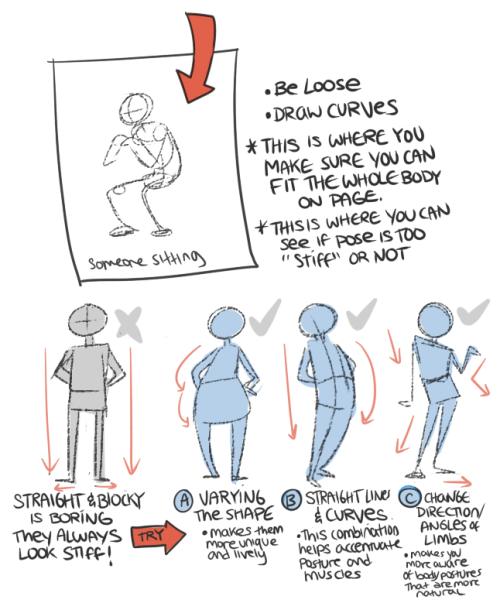
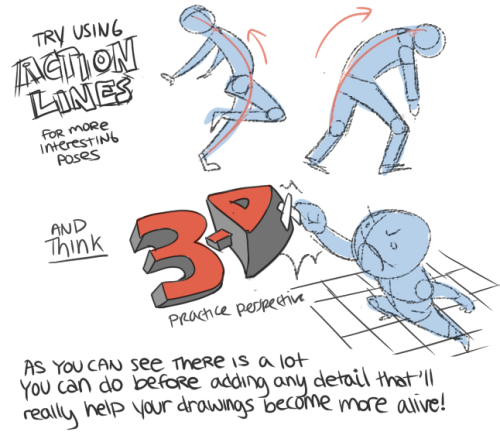
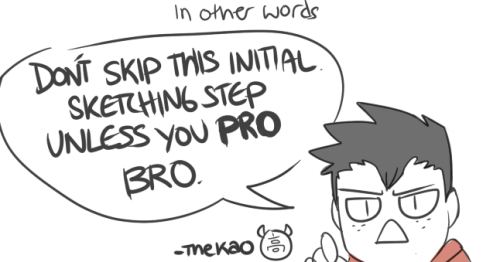
Sketching Tips


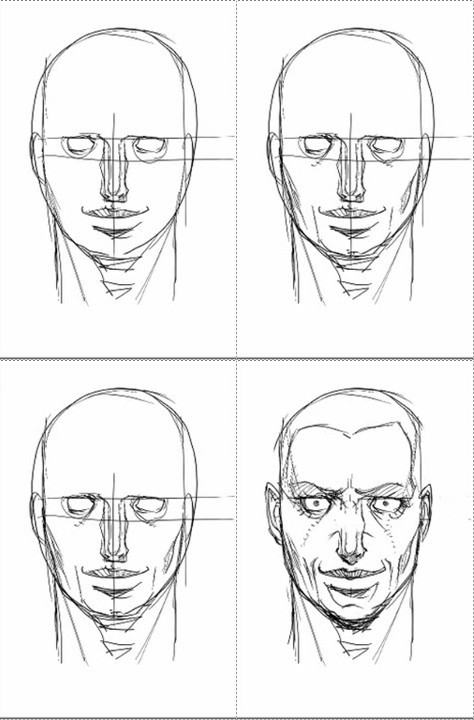


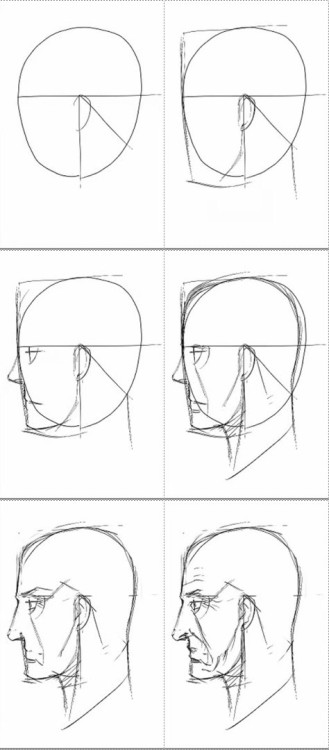



face drawing


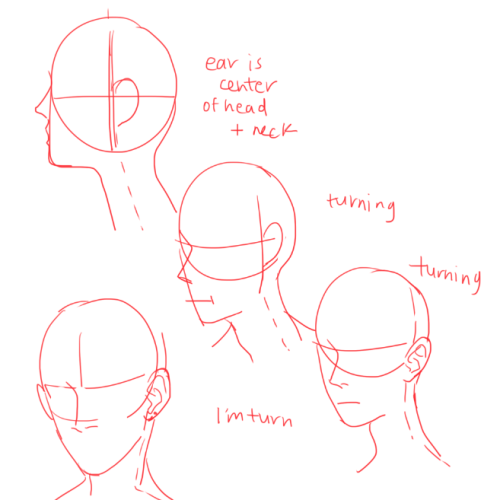
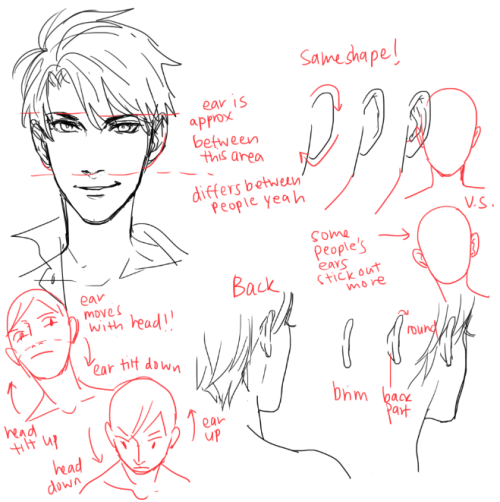
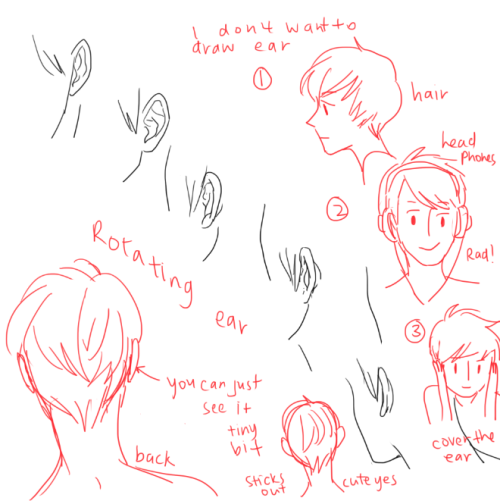
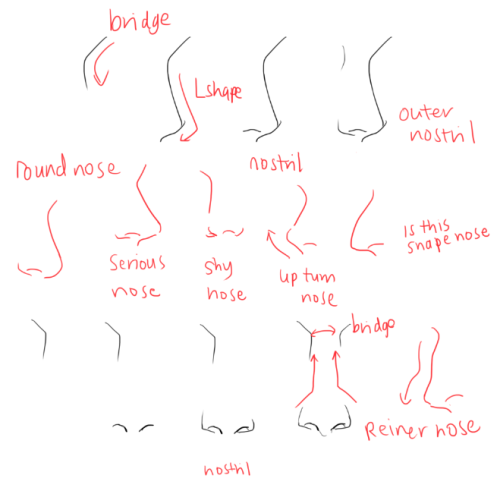

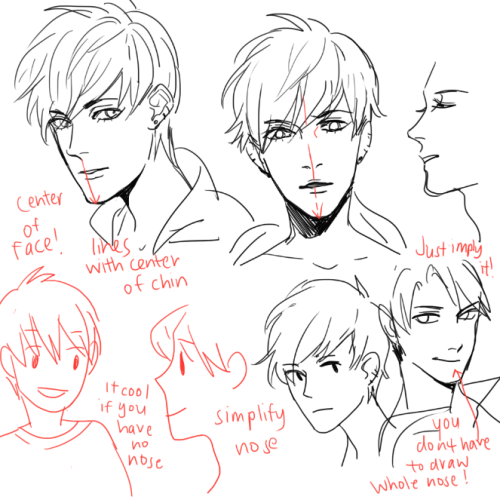
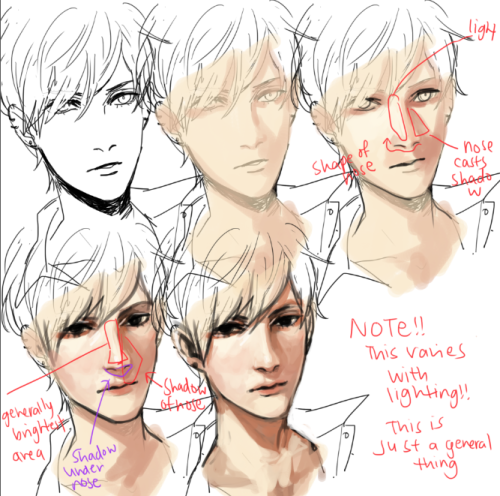
UMM PEOPLE ASKED ABOUT NOSES AND EARS SO YEAH!! please look up real references too don't just look at THESE CAUSE REAL REFS ARE THE BEST I HOpe this helps somewhat i wan't sure waht to cover SOBS